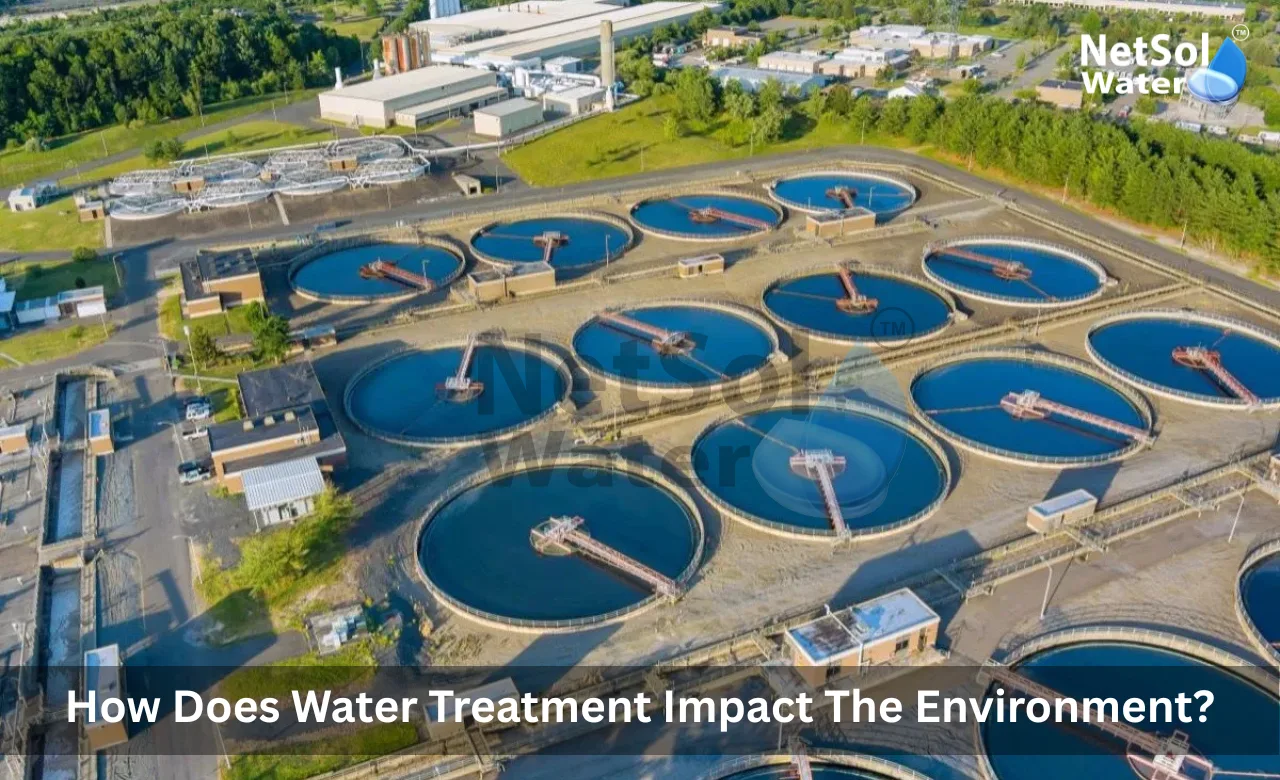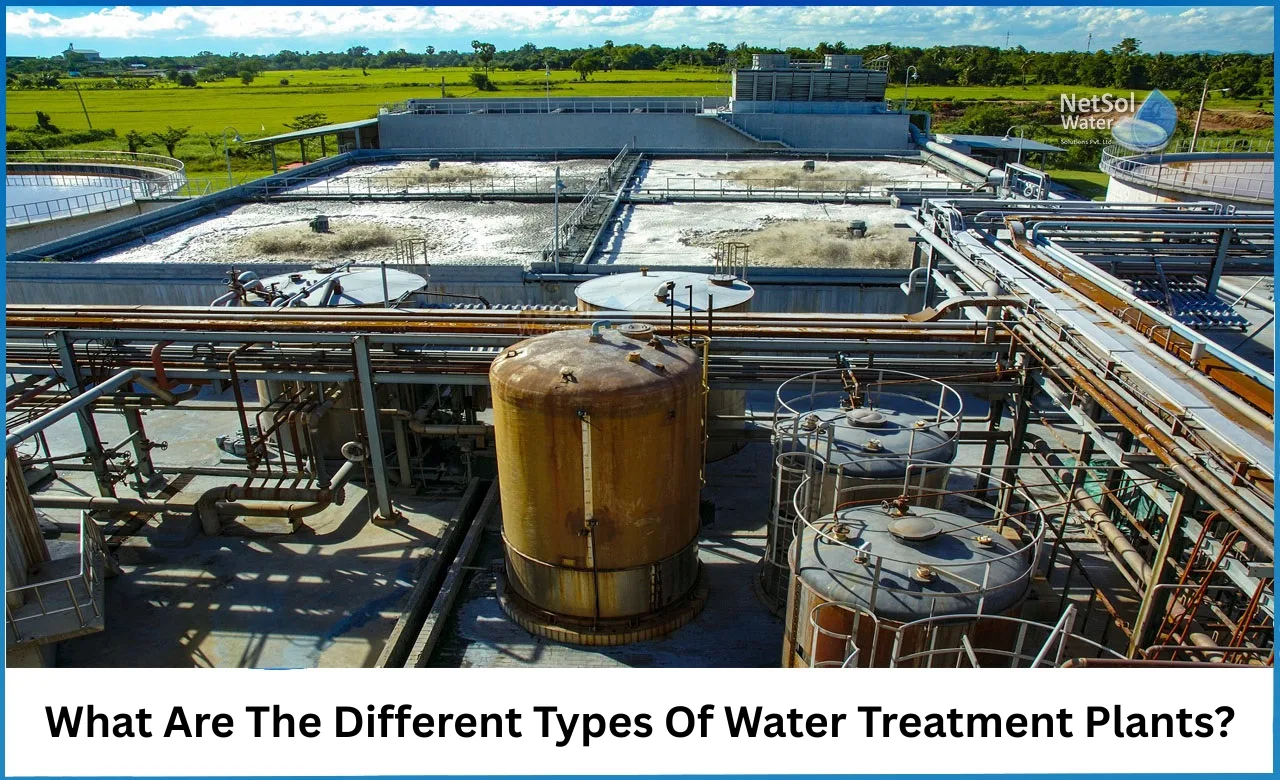How does water treatment impact the environment?
India faces a large demand for clean water because cities grow fast and industries expand. Netsol Water is the leading Water Treatment Plant Manufacturer in India and it helps towns and factories get cleaner water while using less waste. We will explore how a Water Treatment Plant affects the environment.
Positive environmental benefits of water treatment
Clean water supports nature and people in many strong ways. Let us have a look on some ways treatment helps the environment.
Clean water protects rivers lakes and soil. When a Water Treatment Plant removes harmful matter from wastewater fewer pollutants leave into rivers and coastal areas. Fish and plants find safer places to live and fewer harmful algae blooms appear. Clean water also protects ground water that people use for drinking and for farming.
Water saving and reuse play a key role in resource care. Let us have a look on some common reuse methods. Treated water can return to farms for irrigation or to factories for cooling. This reduces the pressure on fresh water from rivers and wells. Reuse also helps during dry seasons because treated water serves needs that do not require drinking quality.
Energy efficiency in modern plants helps lower greenhouse gas effects. Let us have a look on some design choices. Many plants now use pumps and motors that use less power and they add control systems that match energy use to need. When a plant uses less energy it causes fewer carbon emissions and so it helps slow climate change. Some facilities add solar panels or recover heat inside the process to cut energy need further. These steps reduce the environmental cost of making water safe.
Negative environmental impacts and challenges
Understanding the harm that can come from treatment work helps us fix problems. Lets us have a look on some hard issues that plants must manage.
Sludge and chemical disposal create real problems for nature. Let us have a look on how sludge affects land and water. Treatment removes solids and concentrates them into sludge that can carry toxic compounds and heavy metals. If managers dispose of sludge poorly it can seep into soil or run into streams and so undo much of the benefit of treatment. Proper handling must include testing safe storage and options for reuse. Some sludge becomes compost or building material after careful processing. Safe disposal keeps rivers and farms free from contamination.
Chemical use can harm ecosystems when plants use large doses to treat water. Let us have a look on safer chemical practice. Disinfectants and coagulants are useful to remove germs and particles. If staff overdoses or if they let chemicals enter natural water bodies these substances can damage fish and plants. Operators can choose lower impact chemicals and control dosing precisely. Advanced monitoring helps keep chemical use to the minimum needed and prevents harm to downstream habitats.
Energy use and carbon footprint remain a challenge for many plants. Let us have a look on steps to reduce the footprint. Older facilities may run pumps and heaters that use much electricity and so they add to air pollution from power plants. Upgrading equipment and adding renewable energy reduce this burden. Careful design also cuts pumping distances and lowers the energy needed to move water. Addressing energy use helps the whole community by reducing local pollution and global emissions.
Conclusion
A Water Treatment Plant can improve health, protect ecosystems and save water when it runs well. The same plant can cause harm if it sends sludge or chemicals back into nature or if it uses too much energy. Netsol Water is the leading Water Treatment Plant Manufacturer that works to reduce these harms and to boost the benefits for towns and farms. If you want to learn more about how a Water Treatment Plant can help your project or your town contact Netsol Water for details or request a consultation today.
Contact Netsol Water at:
Phone: +91-9650608473
Email: enquiry@netsolwater.com


